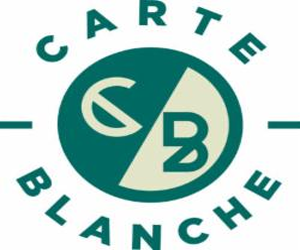One foreign leader called it blackmail, another is rushing to Washington D.C. to meet with U.S. officials before President Donald Trump’s 90-day pause on tariffs for nearly all U.S. trading partners ends July 9.
In the scramble ahead of the deadline, some deals appear closer at hand than others, but just what awaits for foreign nations and U.S. consumers remains unclear as Trump looks to reorder global trade with tariffs.
French President Emmanuel Macron called the use of tariffs by powerful nations a form of “blackmail” rather than a tool for rebalancing international trade. The White House largely shrugged off the comment while the European Union’s top trade negotiator, Maroš Šefčovič, gets ready to head to Washington D.C. Šefčovič represents the 27-nation bloc, a key U.S. trading partner that Trump has repeatedly criticized.
White House press secretary Karoline Leavitt said the U.S. is closing in on a deal with India. Trump had threatened the nation of 1.4 billion people with a 26% tariff.
“We will hear about a trade deal with India very soon,” Leavitt said Monday.
She was also asked to comment on Canada’s decision to drop a controversial digital services tax hours before it was set to go into effect on Monday.
“Prime Minister Carney and Canada caved to President Trump and the United States of America,” she said Monday. “And President Trump knows how to negotiate and he knows that he is governing the best country and best economy in this world.”
Trump has recently suggested time for negotiations may already be up. Last week, he twice said he’d simply like to tell other nations how much they are going to pay in tariffs rather than make deals.
Economists, businesses and some publicly traded companies have warned that tariffs could raise prices on a wide range of consumer products.
Trump has said he wants to use tariffs to restore manufacturing jobs lost to lower-wage countries in decades past, shift the tax burden away from U.S. families, and pay down the national debt.
A tariff is a tax on imported goods paid by the person or company that imports them. The importer can absorb the cost of the tariffs or try to pass the cost on to consumers through higher prices.
Trump’s tariffs give U.S.-produced goods a price advantage over imported goods, generating revenue for the federal government.





